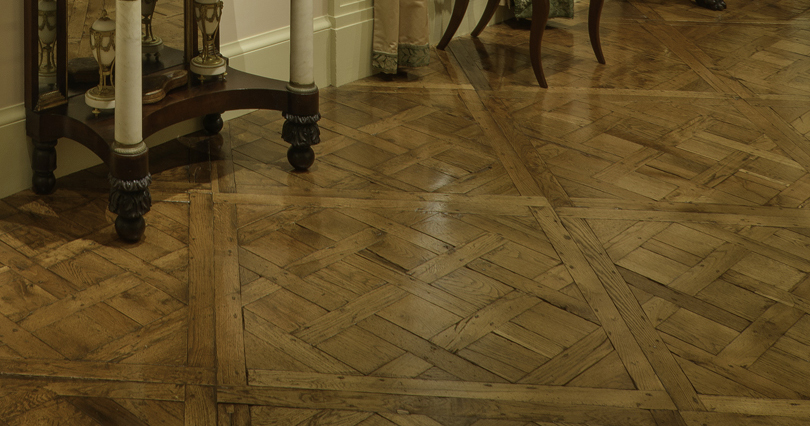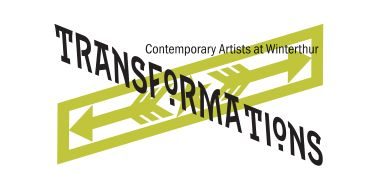The Radish Project – Artists, scientists, and students led by Daniel Feinberg and Dr. Mary Parr from Berea College
The Radish Project consists of two patterns installed on the grounds of the Winterthur Museum, Garden and Library: one located at the Greenhouse parking lot and a second on Farm Hill Road. A multi-state team of artists, scientists, and students led by Dr. Daniel Feinberg and scientist Dr. Mary Parr from Berea College designed and created these installations by planting tillage radishes, a cover crop used to break up compacted soil and asphalt no longer in use. The tillage radishes planted here are creating fractures in the pavement, allowing water to drain, reducing surface temperatures, and revitalizing nutrient-starved soil.
The project is a response to the detrimental effects of over-paving. Paved surfaces exacerbate flooding and heating, but removing asphalt can be a costly process with its own associated environmental ills. By breaking up these paved areas using tillage radishes, the radish installations transform the landscape using plants themselves. The project is also a direct response to Winterthur’s own role as a steward of the regional watershed. By increasing water drainage and reinvigorating subsoil, the Radish Project is both a reflection and a contribution to the ongoing studies of the Clenny Run water system and Winterthur’s own role as a purification site for that waterway.
Drone photography by SVC Drone and Film
Project designers chose to plant radishes in distinct patterns to prompt questions from visitors about the stigmatization of weeds growing in neglected asphalt. Rather than letting radishes grow freely, the project uses patterns derived from Winterthur and its collection to connect the project to the museum and its role as an institution dedicated to the study of decorative arts. Radishes planted in the Greenhouse Lot mirror a pattern found in parquet flooring inside the house, while the second plot, located on Farm Hill Road, features a zig-zag pattern based on rugs in the museum’s collection. Both sites are in turn linked to Winterthur’s Outside In exhibition, on display now in the galleries.

Throughout the multi-year project, participants are documenting and photographing the growth of the radishes in each lot with an emphasis on capturing the parquet and zig-zag patterns. A second planting occurred in fall 2021 and the lots will once again be photographed over the course of the growing season. Over the next few years, project participants will use the photographs to create an augmented reality experience for visitors to use inside the house. Visitors will be able to view images of the growing radishes over the patterns and objects that inspired the designs for both of the lots using an app. According to artist Daniel Feinberg, “by creating disruptions that follow a specific pattern we aim to reframe entropy as rehabilitation.”

